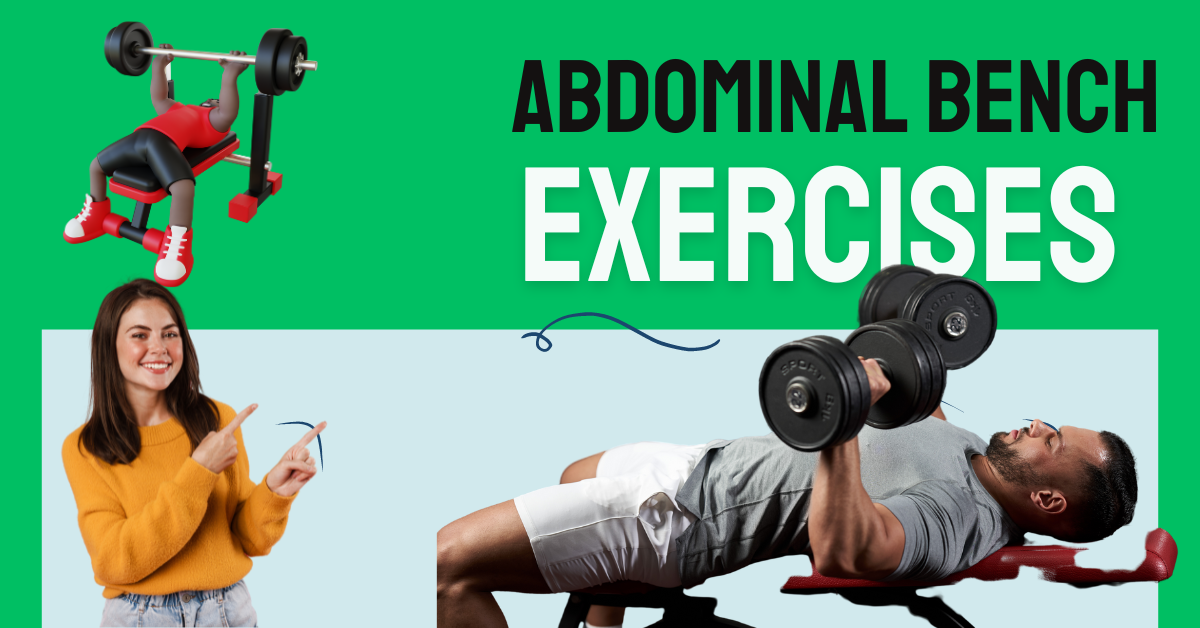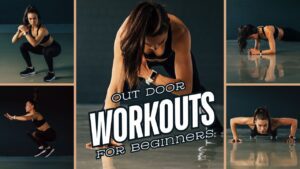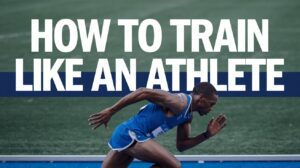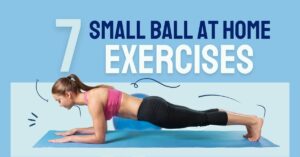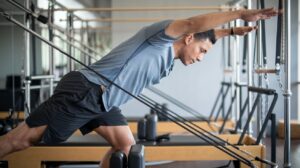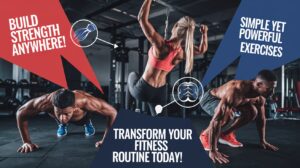Table of Contents
ToggleIntroduction:
Increasing Core Strength By Benching for Humans:
In this blog post, learn about abdominal exercises on a bench. Concentrating on core strength is vital to developing a stronger, more physically fit body. In daily activities and athletic performance, the core muscles stabilize and support the spine and pelvis. Of the various equipment available, benches are a versatile tool for effective abs exercises designed for the intricacies of human anatomy.
Using a bench during abdominal exercise boosts mobility and difficulty levels, making each move intentional and rewarding. Whether you’re looking to change your midsection or boost your athletic performance, mastering how to exercise your abdominals using a bench is enough to push you in your fitness journey.
This comprehensive guide will take you through the types of benches that can be used for abdominal work, major exercises that target different parts of the core, professional advice on how to make these exercises most effective, and an example of a workout routine that can help kick start your fitness program. Let us enlighten ourselves on how we can transform our bodies by integrating bench exercise into our daily lives hence having much stronger and resilient muscles within our cores.
1. Types Of Benches For Abdominal Exercises:
While working on obtaining perfect abs, one must be careful about picking the proper tools for benching. Having distinct designs, these benches suit different fitness levels and workout preferences. Fathom them so that they enable you to choose appropriate ones amongst others:
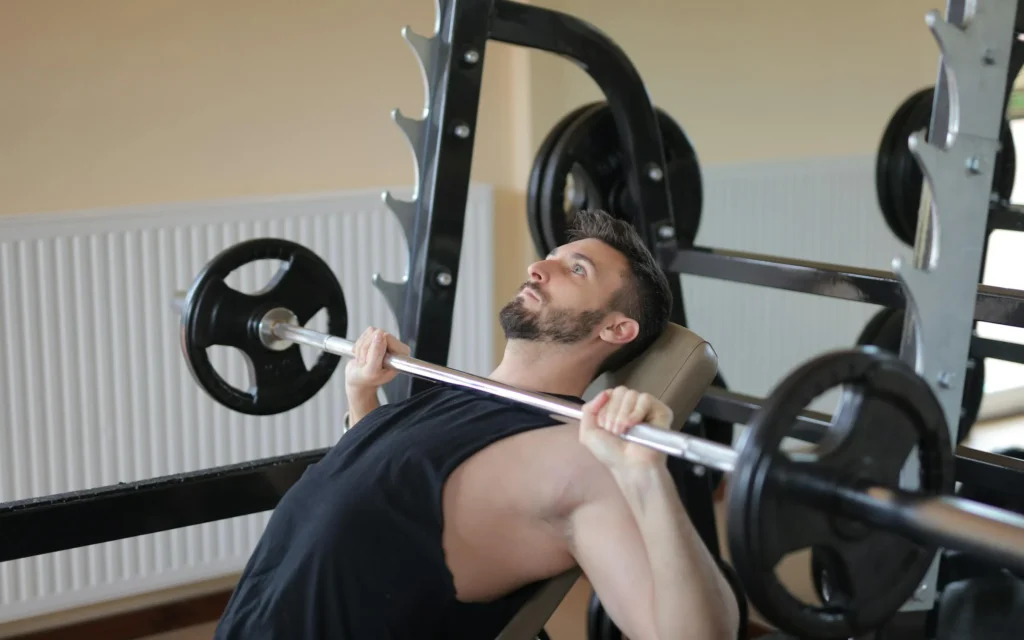
Flat Bench:
A flat form is fundamental to basic tummy workouts since it has been proven reliable over time. It is very useful, especially when performing crunches or leg raises, since its lying horizontal position offers stability. Also, knowing that this method isolates upper abs specifically makes it suitable even for beginners who want to build their core effectively.
Advantages Of Flat Bench Use:
Stability: To allow controlled movements;
Versatility: Beyond the abdomen, such as chest presses or dumbbell exercises;
Accessibility: Any gym and home set-up.
Exercise Example: Bench Crunches.
Technique:
Lie flat on the bench with knees bent, hands behind your head, and elbows out to the sides.
Contract your abdominals to lift your shoulders off the bench, keeping your lower back pressed into the bench.
Lower back down with control.
Variations: Holding a weight plate or moving hands can add resistance.
Adjustable Bench:
People interested in working with one piece of equipment that will perform many exercises at different angles should consider having an adjustable bench. As you build endurance in your workouts, this allows you to focus on specific parts of the abs. An adjustable bench’s ability to adapt its incline or decline settings based on your level of fitness means that it can be used for various purposes, such as performing incline twists and decline sit-ups.
Advantages Of Using An Adjustable Bench:
Targeted Muscle Engagement: Variable angles affect different areas of the core, including upper and lower abs.
Progressive Resistance: Change the difficulty by modifying the bench angle;
Space Efficiency: Multiple exercise options in one unit.
Exercise Example: Decline Bench Sit-Ups
Method: Hook your feet beneath the foot pads and lean back on a decline bench with bent knees. You may cross your arms on top of the chest or at the back of your head. Use abdominal muscles to raise your upper body towards the thighs then lower it down slowly.
Alterations: Incorporate twists or hold a weight plate for increased resistance.
Roman Chair/Bench:
This equipment is specifically designed to help you focus on the lower abs and hip flexors. It has an inclined V-shaped seat and a back support system. This exercise machine allows for controlled movements that isolate and strengthen these often-neglected muscle groups, thus making it perfect for complex applications such as improving core stability and enhancing athletic performance for advanced users.
Benefits of Using a Roman Chair/Bench:
Lower Abdominal Focus: This tool supports precise movements that engage and strengthen the lower abs and hip flexors.
Stability & Support: Back support is provided to reduce risk during challenging exercises.
Athletic Conditioning: It helps in increasing overall core stability and endurance when toned up properly.
Exercise Example: Leg Raises on a Roman Chair.
Technique: Lean back against the pad of roman chair, keeping legs straight out in front while holding onto handles for balance. Raise legs toward ceiling until they are parallel with floor, keeping them straight or slightly bent at knees. Lower them down slowly using your abs.
Variations: Perform single-leg raises or incorporate knee tucks for variety.
Choosing the right bench based on your fitness level and goals guarantees an effective abdominal workout that will help tone and firm up your core muscles. We will now explore some key exercises you can perform on these benches in order to get better results from core strength training programs.
Also Read: How Can I Lose 3 Pounds A Week.
2. Key Abdominal Exercises on a Bench:
By perfecting bench abdominal exercises, you can diversify your abdominal workouts by involving different parts of these muscles. The following are the significant exercises you should incorporate into your workouts:
Bench Crunches:


Technique:
Lie flat on the bench, knees bent and feet flat on the floor.
Keep your hands lightly behind your head with elbows pointing outwards.
Contract your abs to lift up your shoulders off the bench.
Exhale as you crunch upwards, keeping your lower back pressed against the bench.
Lower yourself slowly to complete one repetition.
Benefits:
Targets: Upper abdominals
Enhances Range of motion and control
Variations:
Add resistance: Hold a weight plate across your chest.
Change hand position: Extend arms straight above your head or across your chest.
Leg Raises on Bench:
Technique:
Lay down on the bench with legs extending off it completely.
Hold onto side handles/handles for support in between sets or reps.
Either keep toes pointed straight out/go ahead and bend them slightly at the knees.
Engaging lower abs, raise legs upward until they are directly vertical to the surface.
Meanwhile, allow them to go down slowly while maintaining full control throughout
Benefits:
Targets: Lower abdominals and hip flexors
Improves: Strength and stability in the core
Variations:
Single-leg raises: Lift one leg at a time for added challenge.
Knee tucks: Bring knees towards your chest to intensify exercise effort.
Decline Bench Sit-Ups:
Technique:
Secure feet under foot pads of the decline bench sit-up machine
Lie back, bending knees with arms crossed over the chest or behind the head.
Use abdominal muscles to bring the torso up towards the thighs.
Descend to control and complete one repetition.
Benefits:
Spotlights: Whole belly region, particularly lower abs.
Boosts: Motion range and resistance.
Varieties:
Twist: Rotate your body trunk to each side when sitting up so that you use your external oblique muscles.
Weighted sit-ups: Hold a weight plate or dumbbell against your chest for extra difficulty level.
Incorporating these important abdominal exercises on a bench into your program will help you attain stronger and more visible core muscles. Make sure you maintain correct posture while performing the exercises, increasing their intensity progressively for better effect. Then, we will move on to expert tips for effective abdominal workouts on a bench.
3. Tips for Effective Abdominal Workouts on a Bench:
To achieve optimal results from your bench-based abdominal workouts, there is more than just doing the exercises. These expert tips should be included in order to increase effectiveness and safety in that respect.
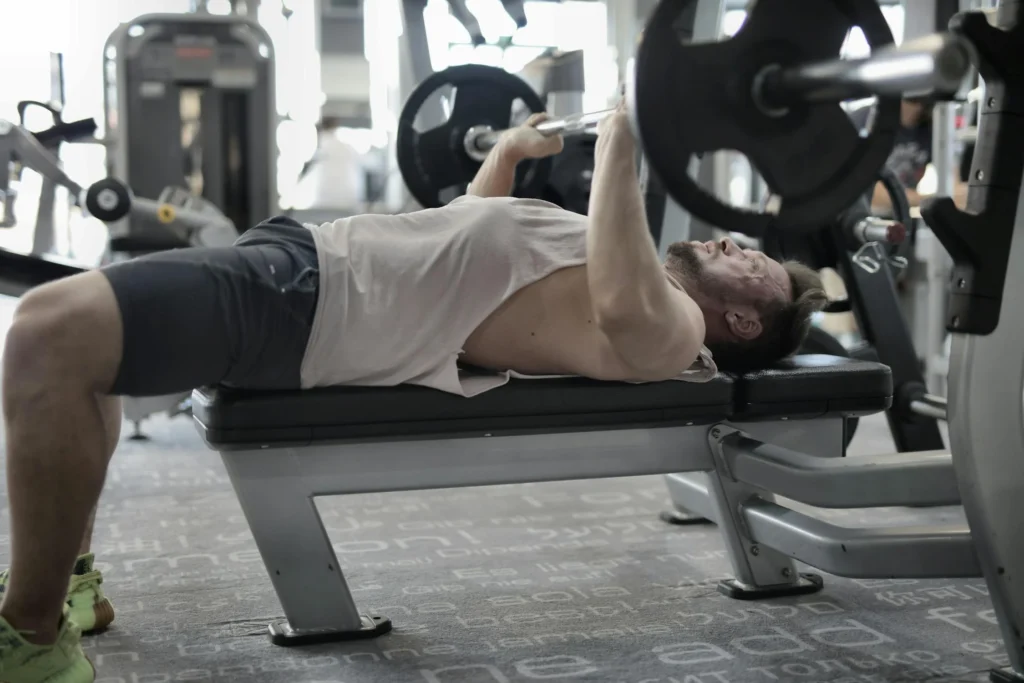

Keep Correct Form and Posture:
Neutral Spine: During every exercise make sure not to put too much stress and strain on yourself by keeping your spine in a neutral position.
Head Positioning: Do not bend or extend excessively; instead keep head aligned with spine so as to avoid any tensioning of the neck area.
Core Activation: Contract core throughout the entire motion in order to improve muscle recruitment and stability.
Control Your Breath:
Exhale at Exertion Point: This way, core muscles are engaged more effectively during the toughest parts of respective moves (e.g., coming up in bench crunches or leg raises).
Inhale at Release Point: Breathing out here ensures that you are gaining back control and stability when letting go of your body or returning your legs back to the starting position
Gradually Increase Intensity:
Progressive Overload: Increasing load (for example weights added or changing angles) over time makes it possible for muscles to continue growing stronger.
Variety: To prevent stagnation and keep workouts interesting, diverse exercises and modifications should be included.
Focus on Quality Over Quantity:
Controlled Movements: Slowly moving through each exercise helps in activating muscles correctly as well as minimizing possibility of injuries.
Full Range of Motion: When doing any exercise, ensure that it is performed using the complete Range of motion for maximum muscle activation and flexibility.
Warm-Up and Cool Down:
Warm-Up: Precede your workout with some dynamic stretching or light cardio to enhance blood flow to the working muscles.
Cool Down: Finish your training session with static stretches which increase pliability, reduce muscle soreness and promote recovery time.
Listen to Your Body:
Avoid Overtraining: If you feel pain or discomfort, pay attention to your body’s signals and do not push your body beyond its limits.
Resting and Recovery: Permitting enough time for repair as well as growth is essential through providing sufficient rest periods between workouts respectively.
By incorporating these into the abdominal bench exercises, you will be able to get more from each movement while ensuring safety remains a priority even over the long term. It is important to remember that consistent practice and proper technique are key factors when it comes to attaining one’sone’s fitness goals. Next, we will give an example workout plan using the above-mentioned exercises that can help you begin achieving a firmer core section.
4. Sample Workout Routine:
To get the most out of bench ab exercises, structure them accordingly. Here is an outline of a routine designed specifically to strengthen and tone your abs:
Warm-Up:
Dynamic Stretches: You can achieve this by swinging legs or arms, circling arms around the whole body and twisting your waist, among others, so that oxygen circulation goes up, thereby warming up your back muscles before exercising them again.
Light Cardio: You should include 5-10 minutes of light jogging, cycling, or jumping jacks to raise your heart rate and further warm up your body.
Workout Routine:
For each exercise listed below do the recommended sets and repetitions, resting a period of 30-60 seconds between sets. Adjust the intensity and difficulty level based on your fitness level and comfort.
Bench Crunches – 3 sets x 15 reps
Ensure that you maintain proper form and control throughout every crunch. Concentrate on engaging your upper abs with each repetition.
Leg Raises on Bench – 3 sets x 12 reps.
Keep your legs straight or slightly bent as you lift them towards the ceiling. Slowly lower them back down so that they don’t lose control.
Decline Bench Sit-Ups – 3 sets x 12 reps
To begin with, place your feet under the foot pads for stability then perform sit-ups in a controlled manner. For an optional oblique workout, twist at the top.
Cool Down:
As you cool down from this routine, you should consider doing some static stretches to improve flexibility and reduce muscle tension. Hold each stretch for about 15-30 seconds, stretching major muscles used during your workout program.
Child’s Pose: Stretching out through the back and shoulders.
Standing Hamstring Stretch: Targeting hamstring muscles and lower back muscles.
Quad Stretch: This stretch is mainly done to stretch quadriceps muscles while seated forward fold is performed by stretching hamstrings as well as lower back region.
Seated Forward Fold: The posture stretches hamstrings and extends lower back muscles more than any other posture in yoga practice does so as well.
Additional Tips:
Hydration: To stay hydrated and support muscle function, drink water throughout the workout session.
Nutrition: After completing a workout within thirty minutes to an hour thereafter have something balanced containing proteins together with carbohydrates to recover quickly.
Rest and Recovery: Give your muscles 48 hours of rest and recovery time between workouts that target the abs to avoid overworking or tearing the muscle fibres.
Conclusion:
Adding bench exercises to your fitness regimen for example can be a great way of getting dynamic strength training for your core muscles. Be it performance improvement, general stability enhancement or even just attaining a more muscular midsection. The right bench can transform your workouts.
The guide has discussed different types of benches which are used such as flat ones for basic crunches and adjustable benches that allow an increase in resistance weight and create focus on particular muscles. It has also touched on important exercises including bench crunches, leg raises, and decline sit-ups that work effectively in strengthening multiple regions within the abdominal area.
To get better results always prioritize on proper form/posture, breathing control alongside gradually increasing intensities and difficulties for each workout. This kind of sample structure can help you remain consistent by following up with your progress while aiming to have a stronger abdomen.
Listen to your body, respect its limits and celebrate milestones along the fitness journey regardless of whether you are a beginner or a die-hard fitness enthusiast. Mastering abdominal exercises on a bench can take one’sone’s strength and endurance to unprecedented heights as one goes further in their health ambitions.
Frequently Asked Questions (FAQs):
Are bench exercises suitable for beginners?
Answer: Yes; since they may involve simple movements like basic “”bench crunches”” or “”leg raises”” with no weights attached thereon it would be alright if beginners were given such simple routines. Gradually such persons should focus more on correct postures while increasing intensity until they feel stronger physically.
Planking on a bench, how often should I do it?
Answer: In order to enhance muscle recovery and growth, you should seek to integrate bench abdominal exercises into your routine at least twice or thrice per week with at least a day of rest in between. achieving consistency is vital for any meaningful results.
What if I feel neck strain during bench exercises?
Answer: Remember to be careful about how you are moving your neck and head while working out by avoiding too much tucking or extension in order to prevent any incidences of neck strain. Think about putting your hands lightly behind the head rather than locking the fingers together when experiencing persistent neck tension.
Can sit-ups on a bench help burn belly fat?
Answer: However, regular exercising on the bench coupled with good dieting and fitness programs can result in some general fat loss as well as improved muscle tone including the abdominals since it is impossible to target weight loss in specific areas.
After mastering the basics, what comes next in my journey with bench exercises?
Answer: You may consider trying weighted sit ups or one legged raises for advanced variations that challenge your core muscles further; increasing repetitions; adding weights or resistance bands; or even altering the incline on an adjustable bench thereby making them more challenges thus enabling progression.

